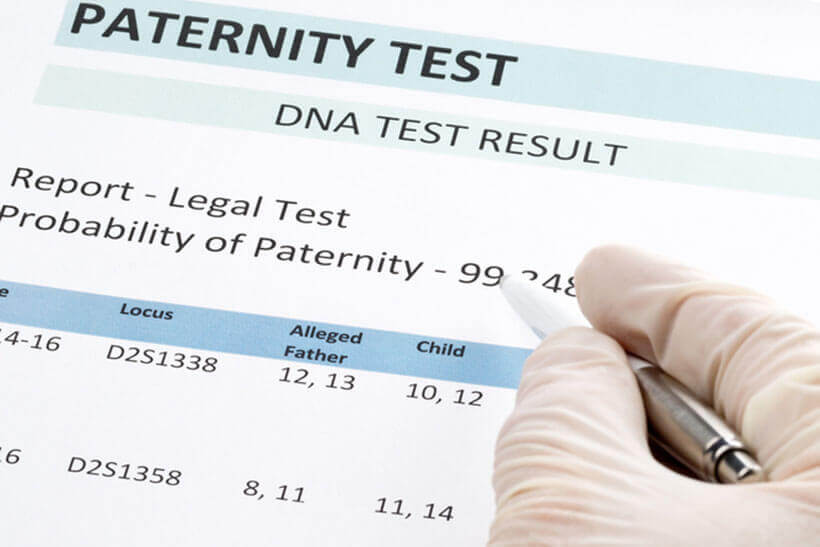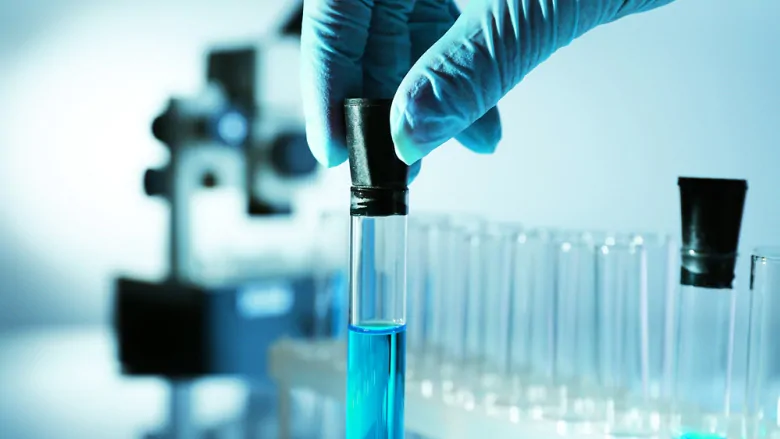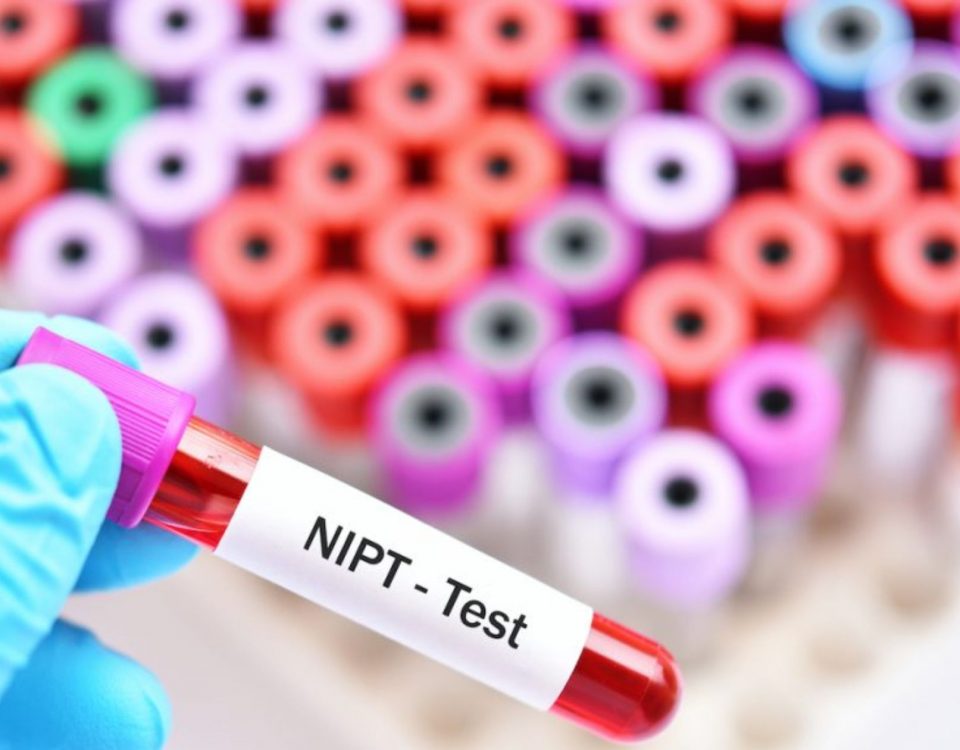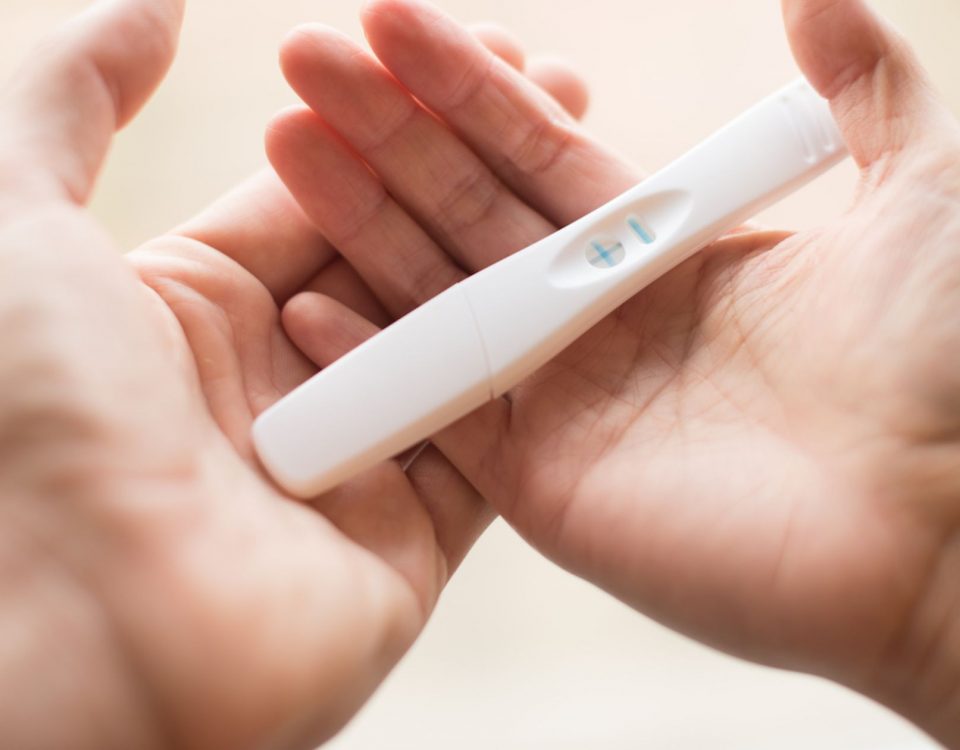
Things that might contaminate your Paternity test sample.
February 15, 2022
DNA methylation and how it can predict the onset of major depressive disorder.
February 21, 2022What is a Paternity test?
“Paternity” is a term that is used to refer to fatherhood and a paternity test means using the genetic material/DNA to determine the biological relationship between two individuals. Genetic material or DNA sample is usually obtained with the help of a cheek swab to determine the paternity. In simple terms, paternity tests are used to determine whether the alleged individual is the biological father of the child in question or not.

Accuracy of the DNA paternity test
Since DNA is unique in every single person. The DNA tests can tell with 99.9% accuracy if a person is not the biological father.
What are the paternity tests used for?
The paternity test is usually used to gain legal rights to child support, child custody, survivor social security benefits, and inheritance. It can also identify a genetic condition that might affect your life in the long run.
What are the types of paternity tests?
There are two types of paternity tests. Legal paternity tests are used in court and official hearings and at-home paternity tests which are done for personal reasons and cannot be presented in the court as evidence.

How is it performed?
There are two ways to carry this out:
- Cheek swab– in this the samples required for the paternity test are obtained from the buccal cavity.
- Blood test– in this the samples required for the test are obtained from the blood sample.
But in both ways, the main thing that is extracted from the sample is DNA so either one of them is acceptable however cheek swab is suggested due to its non-invasive nature.




